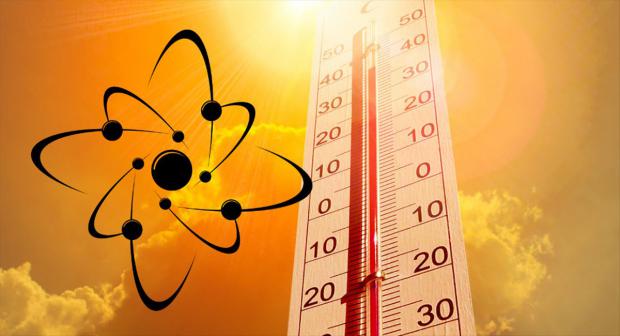
Breaking News
 Turning Point USA to Host Charlie Kirk Memorial at 63,400-Seat State Farm Stadium
Turning Point USA to Host Charlie Kirk Memorial at 63,400-Seat State Farm Stadium
 "TEST Her First!" - Do This BEFORE You Get Married | Charlie Kirk
"TEST Her First!" - Do This BEFORE You Get Married | Charlie Kirk
 AI, Inevitability, & Human Sovereignty
AI, Inevitability, & Human Sovereignty
Top Tech News
 Tesla Megapack Keynote LIVE - TESLA is Making Transformers !!
Tesla Megapack Keynote LIVE - TESLA is Making Transformers !!
 Methylene chloride (CH2Cl?) and acetone (C?H?O) create a powerful paint remover...
Methylene chloride (CH2Cl?) and acetone (C?H?O) create a powerful paint remover...
 Engineer Builds His Own X-Ray After Hospital Charges Him $69K
Engineer Builds His Own X-Ray After Hospital Charges Him $69K
 Researchers create 2D nanomaterials with up to nine metals for extreme conditions
Researchers create 2D nanomaterials with up to nine metals for extreme conditions
 The Evolution of Electric Motors: From Bulky to Lightweight, Efficient Powerhouses
The Evolution of Electric Motors: From Bulky to Lightweight, Efficient Powerhouses
 3D-Printing 'Glue Gun' Can Repair Bone Fractures During Surgery Filling-in the Gaps Around..
3D-Printing 'Glue Gun' Can Repair Bone Fractures During Surgery Filling-in the Gaps Around..
 Kevlar-like EV battery material dissolves after use to recycle itself
Kevlar-like EV battery material dissolves after use to recycle itself
 Laser connects plane and satellite in breakthrough air-to-space link
Laser connects plane and satellite in breakthrough air-to-space link
 Lucid Motors' World-Leading Electric Powertrain Breakdown with Emad Dlala and Eric Bach
Lucid Motors' World-Leading Electric Powertrain Breakdown with Emad Dlala and Eric Bach
 Murder, UFOs & Antigravity Tech -- What's Really Happening at Huntsville, Alabama's Space Po
Murder, UFOs & Antigravity Tech -- What's Really Happening at Huntsville, Alabama's Space Po
Extraordinary new material shows zero heat expansion from 4 to 1,400 K

This new zero thermal expansion (ZTE) material made of scandium, aluminum, tungsten and oxygen did not change in volume at temperatures ranging from 4 to 1400 Kelvin (-269 to 1126 °C, -452 to 2059 °F).
That's a wider range of temperatures, say scientists from the University of New South Wales (UNSW), than any other material demonstrated to date, and it could make orthorhombic Sc1.5Al0.5W3O12 (catchy name, eh?) a very handy tool for anyone engineering something that needs to work in extremely varied thermal environments.
Examples of where this might come in handy include things like aerospace design, where components are exposed to extreme cold in space and extreme heat at launch or on re-entry. Famously, the SR-71 Blackbird was designed to expand so much at its Mach 3.4 top speed that it would liberally drizzle fuel on the runway at ground temperatures; the fuel tanks wouldn't even fully seal until they heated up. This new material stays exactly the same volume from close to absolute zero all the way up to comfortably over the heat you'd expect to get on the wing of a hypersonic aircraft traveling at Mach 5.
Or there's things like medical implants, where the range of expected temperatures isn't so varied but even a small amount of thermal expansion can cause critical issues.
The UNSW team made the discovery more or less by accident: "We were conducting experiments with these materials in association with our batteries-based research, for unrelated purposes, and fortuitously came across this singular property of this particular composition," says Associate Professor Neeraj Sharma.

 My Response To The Left…
My Response To The Left… 

